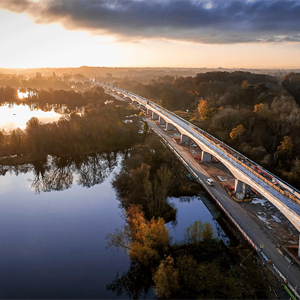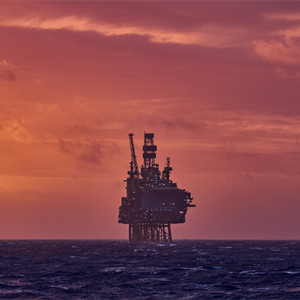2,500 job losses at Port Talbot steelworks confirmed amid government negotiations
Port Talbot steelworks is facing 2,500 job cuts, the government has confirmed. Tata Steel announced it was closing the plant in January as it struggled to compete with cheaper steel from China and Europe. This was just months after the government struck a deal with Tata to invest £500m in the plant to help it transition over to electric arc furnaces (EAFs) so it could produce low-carbon steel. The Department for Business and Trade estimates that efforts to switch over to EAF technology will reduce the UK’s overall CO2 emissions by around 1.5%. Talks have been ongoing between the government, Tata and trade unions to improve the redundancy package for workers. There will now be a minimum voluntary redundancy pay-out of £15,000 for full-time employees plus a £5,000 ‘retention’ payment, as…























